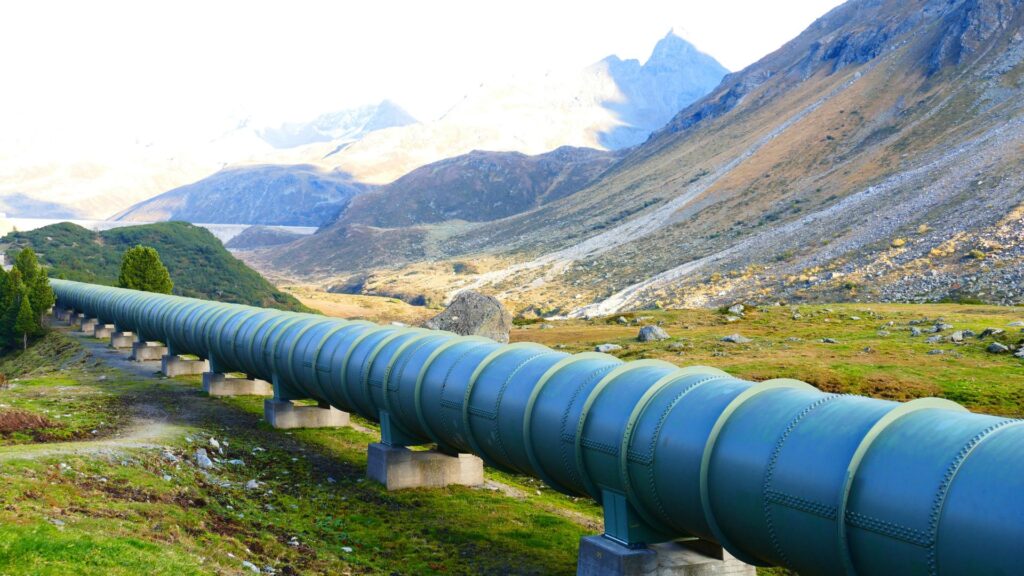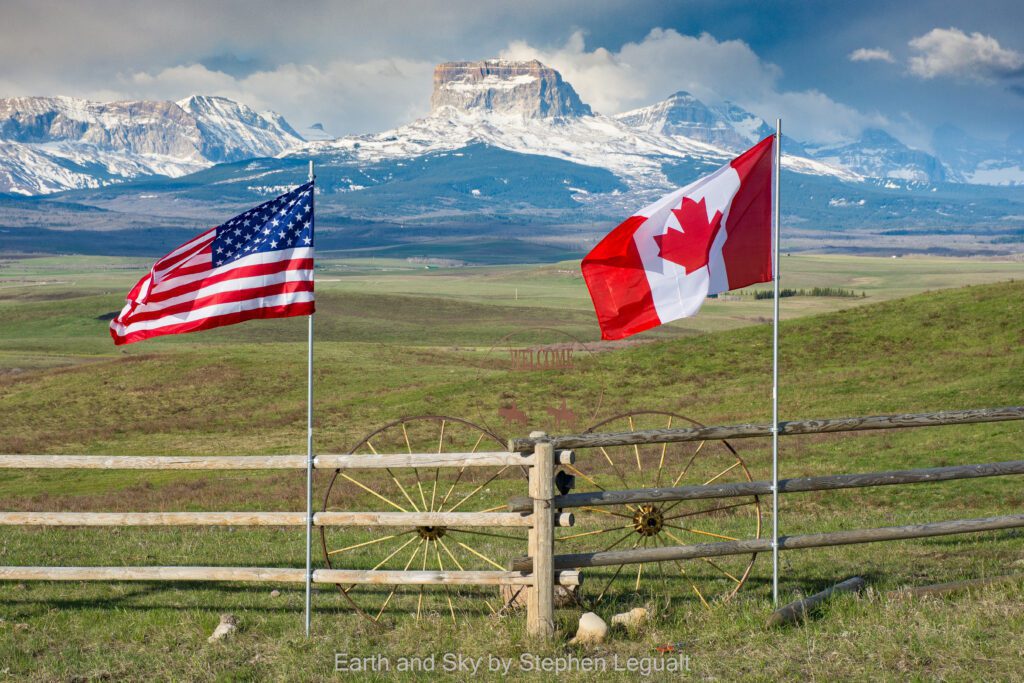Two international reports out this week highlight both ends of the climate change problem. First, carbon emissions from countries like Canada are high and rising. Second, extreme weather events are growing in number and cost, and will increase unless carbon emissions come down.
The UK’s Energy and Climate Intelligence Unit released analysis that compares G7 countries on their efforts to reduce carbon emissions. The good news is that all G7 countries have been able to largely “decouple” carbon emissions from economic growth. That is, European countries in particular have experienced significant economic growth while reducing their carbon footprints.
The bad news is that Canada’s emissions are high and still rising. In the G7, only Japan is worse than Canada in terms of the growth of per capita carbon emissions in the last 25 years. The other five G7 countries are shrinking their emissions. It should be noted, however, that the average Canadian still puts out almost 40 per cent more carbon that the average Japanese citizen.

The second report, by Climate Scorecard (a partnership between The Global Citizens’ Initiative (TGCI) and EarthAction), highlights the “growing prevalence” and impacts of extreme weather events in the 25 top carbon emitting countries in the world. As a Top 10 carbon emitter, Canada is included.
The Canada section highlights wildfires in western Canada, including last year’s fire that devastated Fort McMurray. Though catastrophic fires have happened before in Canada, such as in Kelowna, BC in 2003 and in Slave Lake, Alberta in 2011, the Fort Mac fire was the most costly disaster in Canadian history. Over a 10-year span, 250 Canadian communities and 700,000 citizens have been evacuated because of wildfires, a number that is expected to grow.
And of course there are other climatic impacts in Canada and globally. The report highlights severe flooding in countries such as Argentina, Italy, the UK, Turkey, and India; drought in the US, Spain, South Africa, and parts of the Brazilian rainforest; coral bleaching in Australia’s Great Barrier Reef; and super typhoons and hurricanes in China, Japan, and Mexico.
Industrialized countries at least have resources to deal with these severe economic impacts. The poorest developing countries face greater impacts with much lower levels of wealth.
We know the solutions. The Canadian government’s change of tone on climate change and the development of the pan-Canadian climate framework should be welcomed, but much more is needed. The federal government must ensure that proposed policies—such as the coal phase-out and methane regulations for the oil and gas sector—are implemented with the greatest ambition to reduce carbon emissions as much and as soon as possible.
The government also needs to stop giving subsidies to oil and gas companies to explore for even more oil. Most of what has been found already cannot be produced and consumed if we want to limit warming enough to avoid catastrophic impacts.
Reaching Canada’s 2030 carbon emission targets is necessary, but not enough. The other important factor is that Canada’s 2030 climate commitments are the weakest in the G7, and inadequate for limiting global warming to 1.5 degrees Celsius, the limit set out in the Paris Agreement. Canada should therefore be aiming to reach its 2030 targets, and then go beyond if we want to do our fair share. If Canada can join leaders to achieve deep emission reductions, we can minimize extreme weather events and other impacts that are devastating communities and the economy at home and around the world.








